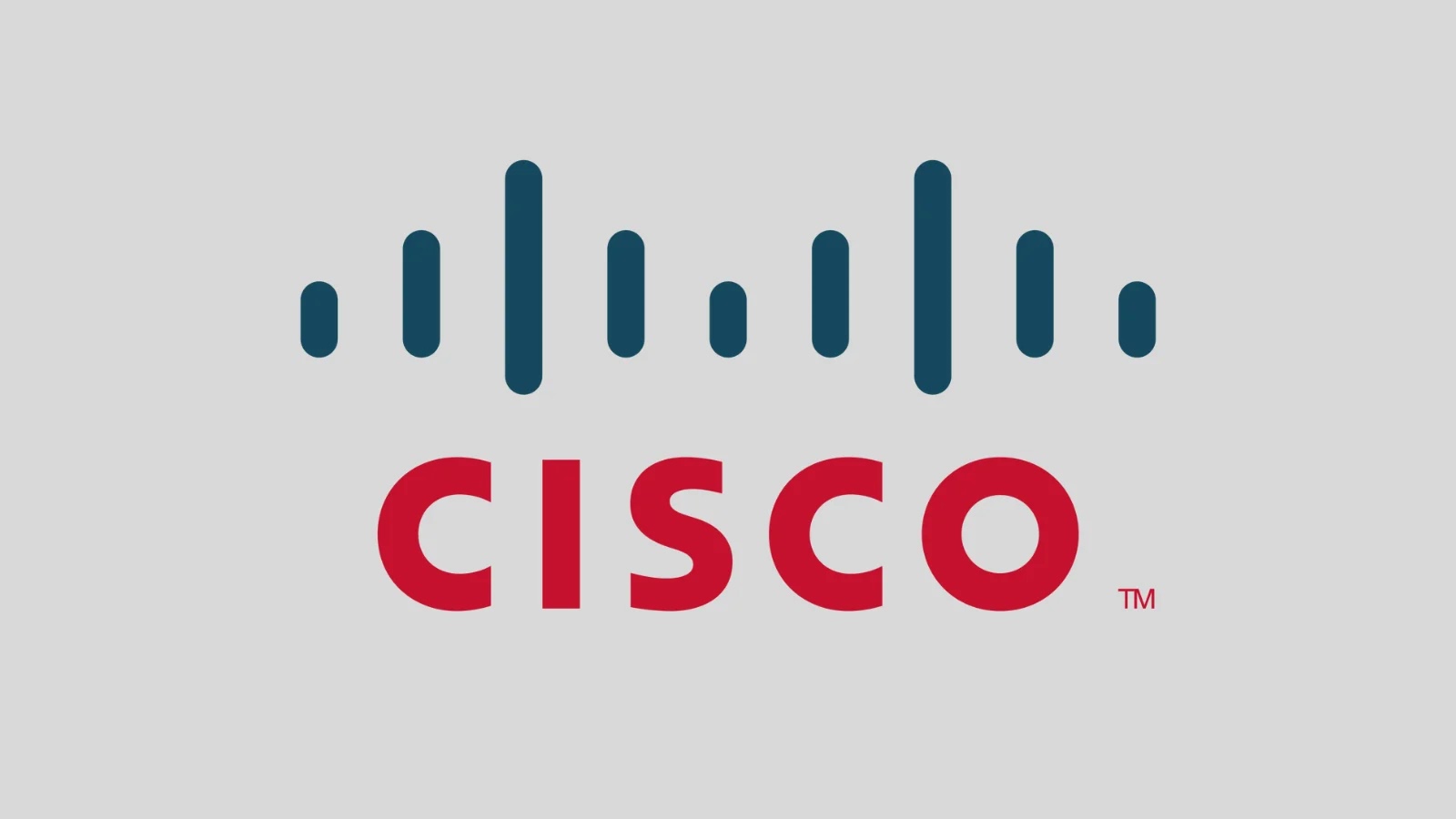
Cisco IOS and XE Vulnerability Let Remote Attacker Bypass Authentication and Access Sensitive Data
A significant security flaw has been identified in Cisco IOS and IOS XE Software, posing a direct threat to the integrity and accessibility of network infrastructure. This vulnerability, if exploited, could allow an unauthenticated remote attacker to bypass crucial authentication mechanisms and gain unauthorized access to sensitive network data. Understanding the nature of this threat and implementing timely remediation are paramount for safeguarding network operations.
Understanding the Cisco TACACS+ Vulnerability
The core of this critical vulnerability lies within the implementation of the Terminal Access Controller Access-Control System Plus (TACACS+) protocol in Cisco IOS and IOS XE Software. TACACS+ is widely used for centralized authentication, authorization, and accounting (AAA) services on network devices. The flaw, tracked as CVE-2023-20101, stems from the software’s failure to properly verify whether a required TACACS+ shared secret is configured.
This oversight creates a critical window for a man-in-the-middle (MitM) attack. An attacker positioned between the Cisco device and the TACACS+ server could intercept unencrypted TACACS+ messages. Without the shared secret enforced, the attacker could then inject their own arbitrary TACACS+ messages, effectively bypassing authentication controls or gaining access to sensitive configuration information and operational data.
Impact of Exploitation
The implications of successful exploitation are severe:
- Authentication Bypass: An attacker could gain unauthorized administrative access to Cisco devices, leading to full control over network infrastructure.
- Sensitive Data Access: Configuration files, user credentials, routing tables, and other critical operational data could be exposed and exfiltrated.
- Network Disruption: Malicious actors could reconfigure devices, introduce backdoors, or launch denial-of-service (DoS) attacks, severely impacting network availability and stability.
- Compliance and Reputation Damage: Data breaches and unauthorized access incidents can result in significant financial penalties, legal liabilities, and irreparable damage to an organization’s reputation.
Remediation Actions
Addressing CVE-2023-20101 requires immediate and decisive action from network administrators. Cisco has released software updates to address this vulnerability. The primary remediation steps include:
- Patching and Upgrading: Apply the latest Cisco IOS and IOS XE software updates recommended by Cisco. Consult the official Cisco Security Advisory for specific affected versions and corresponding fixed releases. Regularly reviewing Cisco Security Advisories is crucial.
- Enforce TACACS+ Shared Secrets: Ensure that a strong, unique shared secret is configured for all TACACS+ deployments on Cisco IOS and IOS XE devices. This secret is vital for encrypting communication between the device and the TACACS+ server.
- Network Segmentation and Encryption: Implement robust network segmentation to limit the blast radius of any compromise. Furthermore, utilize IPsec or other secure tunneling protocols to protect TACACS+ traffic, especially across untrusted networks.
- Monitoring and Logging: Enhance monitoring of TACACS+ authentication attempts and look for anomalies. Configure devices to send logs to a centralized SIEM for analysis and alerting on suspicious activity.
- Principle of Least Privilege: Regularly review and enforce the principle of least privilege for all network device access. Only grant necessary permissions to users and services.
Detection and Mitigation Tools
Effective detection and mitigation strategies involve leveraging appropriate cybersecurity tools:
| Tool Name | Purpose | Link |
|---|---|---|
| Cisco Security Advisories | Official information on vulnerabilities and patches from Cisco. | Cisco Security Advisories |
| Network Intrusion Detection/Prevention Systems (NIDS/NIPS) | Detect and prevent suspicious network activity, including potential MitM attacks. | (Vendor Specific – e.g., Cisco Firepower, Snort, Suricata) |
| Security Information and Event Management (SIEM) | Centralized logging and analysis of security events for anomaly detection. | (Vendor Specific – e.g., Splunk, IBM QRadar, Microsoft Sentinel) |
| Vulnerability Scanners | Identify unpatched systems and misconfigurations on network devices. | (Vendor Specific – e.g., Nessus, Qualys, OpenVAS) |
Conclusion
The Cisco IOS and XE vulnerability (CVE-2023-20101) presents a serious risk by allowing unauthenticated remote attackers to bypass authentication and access sensitive data. This flaw highlights the critical need for meticulous configuration management and timely software updates. Network administrators must prioritize patching affected systems, enforcing strong TACACS+ shared secrets, and implementing comprehensive security monitoring to mitigate the risk of compromise. Proactive defense remains the most effective strategy against evolving cyber threats.





